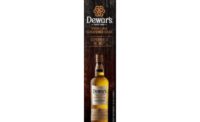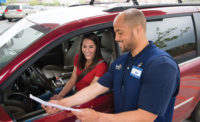During the past several years, technological advancements have produced many exciting marketing opportunities. Virtual reality is one innovation that is being embraced by brands and consumers alike.
Recently, I attended a cocktail hour hosted by London-based Sipsmith Gin. Among the opportunities for attendees to learn about the brand was a virtual reality tour of its distillery in London. Guided by Co-founder Sam Galsworthy and Master Distiller Jared Brown, users learned about how the product is made and experienced the location in which it is made.
Because it was my first time using virtual reality, I was impressed by the ability that I had, as the user, to look around the distillery. While listening to the executives speak about their product and process, I was able to explore the facility, a double-wide garage converted into a distillery. For me, the opportunity to explore a real location that is on another continent was the most intriguing aspect of the experience.
But I’m not the only one who’s interested in this technology. According to a Forbes article by Jayson DeMers titled “When will virtual reality become common in marketing?,” it’s projected that by 2018 virtual reality will have 171 million active users. Yet, the article highlights that consumers aren’t purchasing the technology at the rates expected, which is making it difficult for marketers to truly embrace it. However, utilizing virtual reality at in-person events could provide brands a unique opportunity for interaction with their consumers, like the Sipsmith event.
Although marketers might be hesitant to invest in the technology, 30 percent plan to experiment with the technology this year, DeMers reports. As it becomes more available to consumers, I’m looking forward to seeing how virtual reality technology will be utilized by beverage-makers, whether to allow a look behind the scenes from anywhere in the world or much more.






